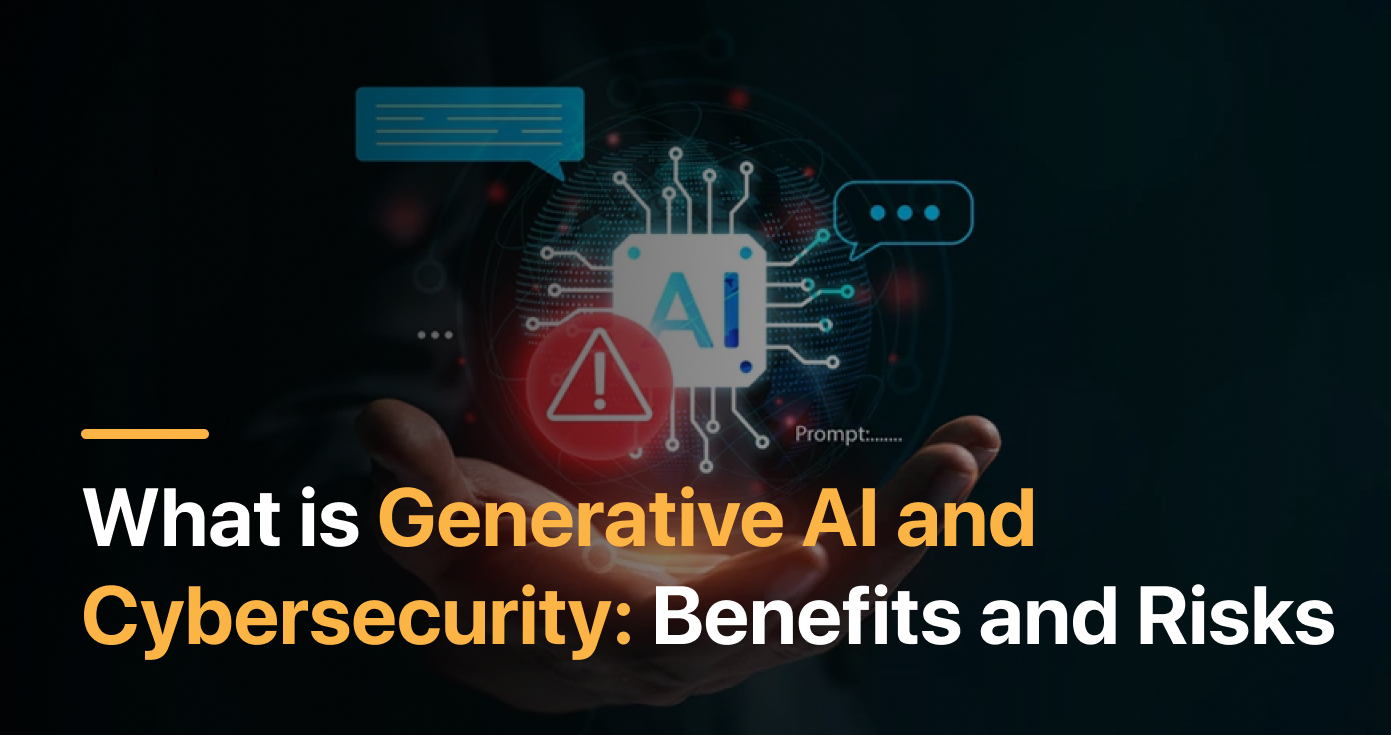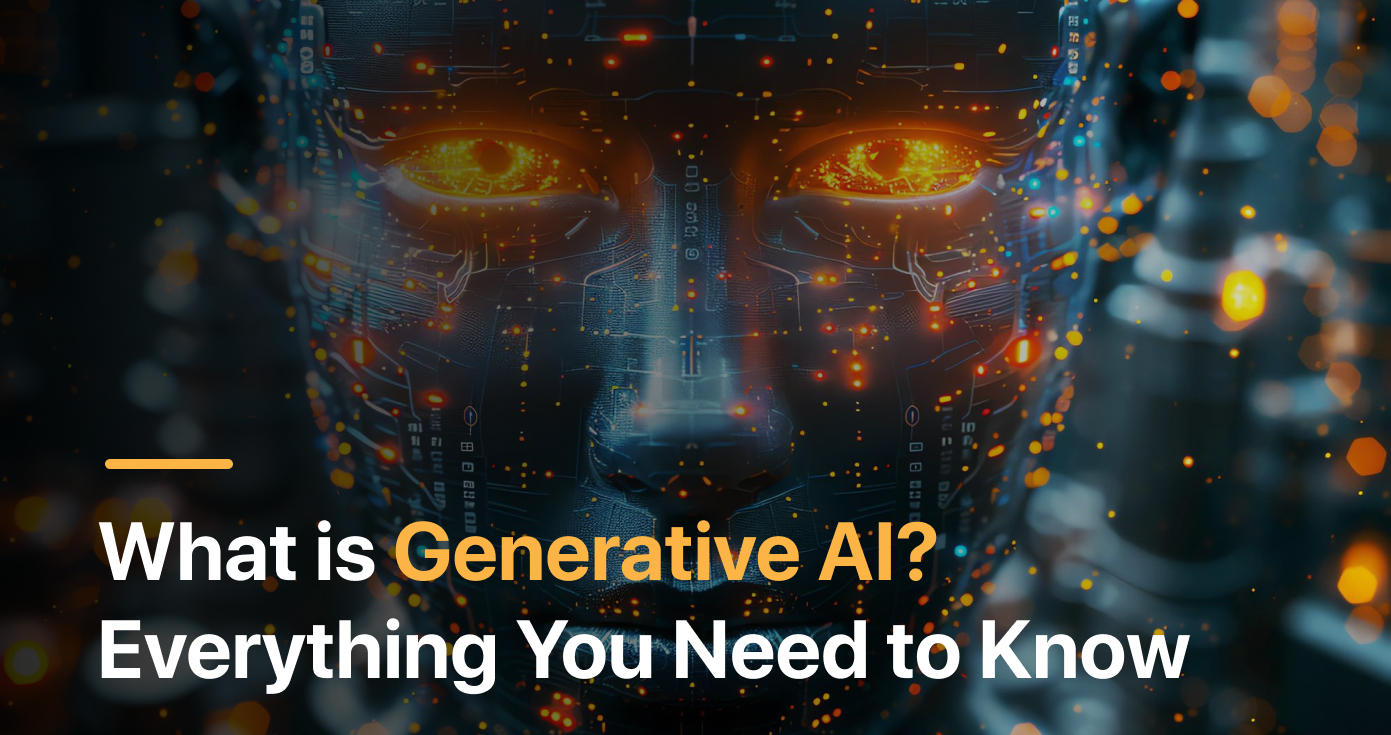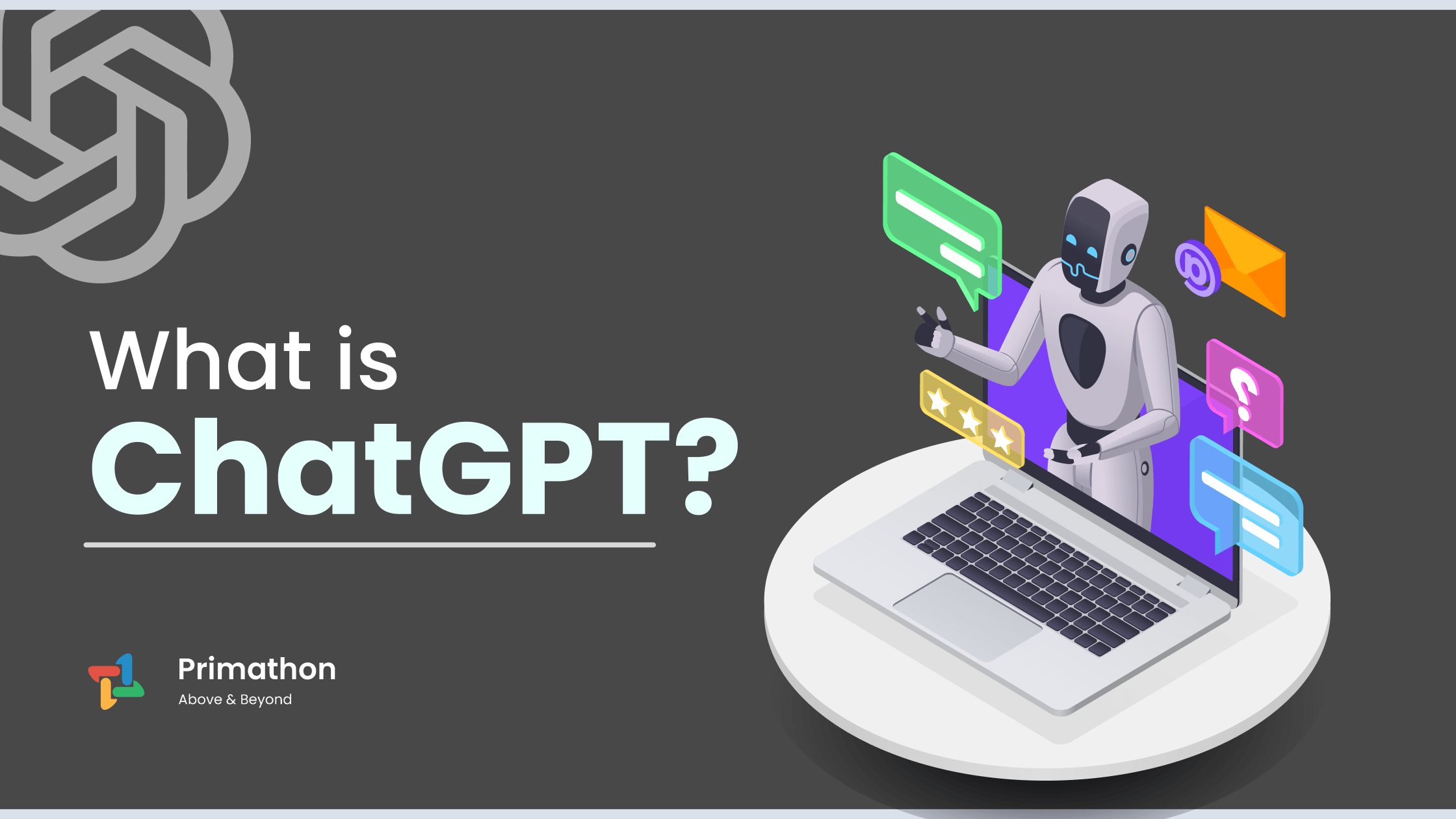
Generative AI and Cybersecurity: Benefits and Risks
When it comes to the field of cybersecurity, the existence of a new, powerful, and known AI, specifically generative AI, means long strides forward in defending existing and developing strategies against new and predicatively developing digital threats.
The implementation of AI in cybersecurity operations has numerous advantages, ranging from code enhancement to threat detection and response to the auto-execution of tasks with comprehensive precision.
However, as AI is under development, so are the risks, and the point of concern when it comes to the vulnerabilities and ethical issues is important. This article focuses on identifying the opportunities and challenges of AI application in cybersecurity while discussing the positive and negative aspects of AI and the need for proper weighing of opportunities and threats in the modern world.
The Emerging Role of AI in Cybersecurity:
AI is an essential component in cybersecurity, complementing classical methods with improved features in the detection and response to cyber threats. Key aspects of AI’s role in cybersecurity include:
- Threat Detection and Analysis: AI has the capability to process large amounts of data instantly in order to predict patterns associated with cyber threats. This involves looking for signs of pop-up suspect activities, such as deviations from the normal behavior of the network traffic and user’s logs.
- Behavioral Analysis: Automated intelligent systems are capable of learning and comprehending expected or typical behavior in the network or system. This makes them bend the rules that, if followed, would indicate an improper intrusion or any unlawful activity, hence helping in prevention.
- Automated Response: AI facilitates an effective response to threats, whereby the system can self-act on cyber incidents by powering down infected systems, updating security settings, or installing patches on vulnerable applications. It assists in eliminating or, as much as is possible, restricting the effect of cyber attacks and reducing the amount of intervention by human beings.
- Predictive Capabilities: The use of AI algorithms has the capability to predict probable future cyber threats based on trends and experiences. This makes it possible for organizations to put in place measures that help in averting risk factors before they surface and have negative impacts.
- Enhanced Security Operations: AI presents the opportunity of optimizing security operations by centralizing such processes as threat identification, incident coordination, and vulnerability analysis. This results in freeing up the cybersecurity experts to work on other advanced issues and projects.
- Adaptive Security Measures: AI can fine-tune the security generated depending on the threats at hand as well as the current state of the network. This adaptability means that the defenses are constantly primed to counter new forms of sophisticated cyber threats.
- Challenges and Ethical Considerations: However, like in any field, there are drawbacks to utilizing AI in cybersecurity; there is the possibility of algorithms being pre-programmed to have particular biases; there is also the question of users’ data privacy, which is a significant issue in the world today; and lastly, there are always chances of getting AI models hacked to attack instead of defend. These aspects suggest that these issues can only be solved through proper regulation, ethical standards, and further studies on how to implement the proper measures for AIs.
Hence, AI reshapes cybersecurity systems and services by bringing enhanced functions that improve the solution’s ability to detect, respond, and predict cyber threats with high efficiency in the context of growing digitalization and interconnectivity.
Cybersecurity AI Benefits: Generative AI as the New UP-Scaler!
Generative AI brings several significant benefits to cybersecurity, transforming how organizations defend against and mitigate cyber threats:
- Enhanced Threat Detection: Adaptive AI can also process large amounts of data and define patterns and outliers that conventional approaches do not always find. It includes the identification of new and emerging threats that are not targeted by classical threat intelligence systems.
- Automated Response: Using generative AI, the response mechanisms to cyber incidents could be automated properly and correctly. Within this, it focuses on the containment of affected systems, the counteraction of ongoing attacks, and the reduction of the effects of a breach.
- Adaptive Security Measures: In this case, generative AI empowers security systems to evolve as information from threat intelligence and past occurrences is processed in real-time. This flexibility helps guarantee that protective measures are still effective and up-to-date against current escalating computer risks.
- Predictive Analytics: Generative AI has the competence of architectural concreteness that makes it possible to predict possible future threats and risks in the cyber world based on statistical data and trends. This is a very proactive approach to the problem, as it allows organizations to improve their defenses when there is still time before threats come into play.
- Augmented Cybersecurity Operations: The generative AI is therefore positioned to enhance the activities of cybersecurity personnel by lessening workload through automation of repetitive tasks like threat profiling and the process of handling incidents. This makes it possible to work with more people, keep the simple work more automated, and thereby keep more qualified personnel on the strategic tasks that relate to security.
- Improved Efficiency and Accuracy: Generative AI therefore saves both time and resources in cybersecurity operations since it automates several tasks and improves aspects of threat identification and management.
- Innovative Defense Strategies: Adaptive AI is useful at supporting the creative approach in designing the defense measures and can be applied to creating the environment for attacker imitation or to designing the new security policies for a constantly changing threat environment.
In conclusion, generative AI has the potential to improve an organization’s cybersecurity strategy in many ways, which includes improving its capacity to notice threats, automate its reactions, address emergent threats, and work more productively. In the never-ending fight against cyber threats, generative AI’s functions can help organizations keep up and ensure the security of their resources.
Conclusion:
Altogether, it is possible to note that the inclusion of generative AI in cybersecurity is a step forward in developing protection from modern complex cyber threats. With the help of sophisticated algorithms and artificial intelligence, AI improves the analysis of threats, automates action plans, and promotes adaptable security. Such benefits are not only helpful in strengthening organizational safeguards but also support the prevention of novel risks from happening.





